In the use of gas chromatographs, aging chromatographic columns are important and common operations. They are required for chromatographic columns in various usage scenarios, including newly purchased gas chromatographs, newly replaced chromatographic columns, long-unused gas chromatographs, long-running gas chromatographs, and gas chromatographs used for complex sample analysis.
The aging of chromatographic columns in gas chromatographs refers to the extended operation of chromatography at a temperature higher than the normal sample injection column temperature but lower than the temperature of the chromatographic column, at a relatively low carrier gas flow rate. This process is also known as "baking the chromatographic column."
The purpose of aging chromatographic columns is to thoroughly remove residues and certain volatile substances from the column packing material, ensuring that the chromatographic column's separation performance reaches an optimal state and provides a stable chromatographic baseline.
1. When is it necessary to age chromatographic columns?
Establish a column aging plan based on the usage conditions of the chromatographic column. It is recommended to regularly age the column on a weekly, monthly, or quarterly basis. In addition, aging chromatographic columns should be performed promptly when any of the following four conditions occur:
① Excessive baseline noise;
② Poor peak resolution;
③ Appearance of impurities;
④ Severe peak tailing.
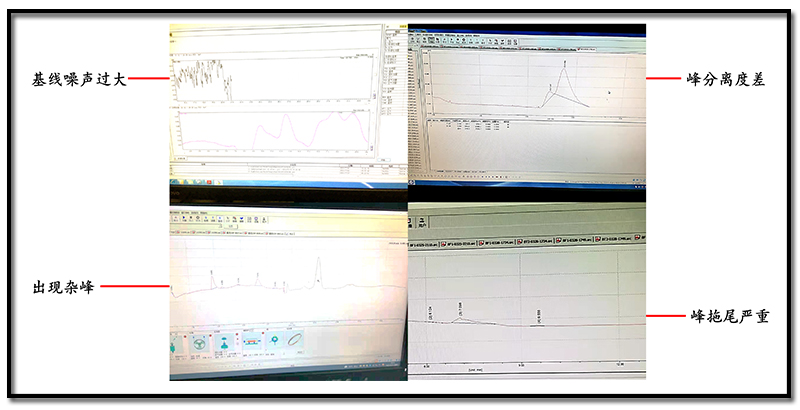
Figure 1: Example of chromatographic column aging condition
2. "Chromatographic Short Circuit" Operation between Gas Chromatograph and Labsolar-6A Full Glass Automatic Online Trace Gas Analysis System
During the aging process of chromatographic columns, the preset column temperature is often higher than the normal sample injection column temperature to ensure complete desorption of residual substances. A higher column temperature can result in the column head pressure being higher than normal injection. However, the Labsolar-6A Full Glass Automatic Online Trace Gas Analysis System requires that the column head pressure should not exceed 0.2 MPa. To prevent damage to the gas chromatograph and the Labsolar-6A system, it is recommended to disconnect and short-circuit the gas chromatograph from the Labsolar-6A system during the chromatographic column aging process, known as "chromatographic short-circuit" operation.
Before performing the "chromatographic short-circuit" operation, you need to purchase a manual four-way valve or a 3-to-3 two-way joint in advance, as shown in Figure 2. The "chromatographic short-circuit" operation can be done in two ways, and you can choose one based on your actual situation.
1) Using a Four-way Valve
In the carrier gas line between the gas chromatograph and the Labsolar-6A Full Glass Automatic Online Trace Gas Analysis System, install a four-way valve. By rotating the valve handle, you can control the gas chromatograph and system's connection. Here are the specific steps:
The four-way valve can switch between two states, as shown in Figure 2. It can connect the four ports in two pairs. The first state connects positions 1-4 and 2-3, while the second state connects positions 1-3 and 2-4.
① When installing the four-way valve, ensure that the gas chromatograph is turned off, and the carrier gas is in the closed state;
② Disconnect the gas line between the gas chromatograph and the Labsolar-6A system;
③ Connect one end of the two carrier gas lines from the gas chromatograph to positions 2 and 4 on the four-way valve, and connect the two gas lines from the Labsolar-6A system to positions 1 and 3;
④ After connecting, perform the necessary leak test on the four-way valve.
During the aging of the chromatographic column, rotate the four-way valve handle to disconnect the Labsolar-6A Full Glass Automatic Online Trace Gas Analysis System from the gas chromatograph. After the aging of the column is completed, rotate the four-way valve handle to reconnect the two.
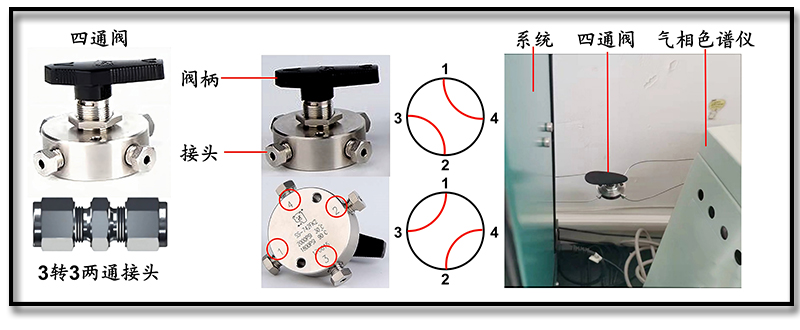
Figure 2: Connection operation of four-way valve for Labsolar-6A Full Glass Automatic Online Trace Gas Analysis System
2) Using 3-to-3 Two-way Joint
① Ensure that the gas chromatograph is turned off, and the carrier gas is in the closed state;
② Unscrew the two nuts on the carrier gas inlet and outlet of the Labsolar-6A Full Glass Automatic Online Trace Gas Analysis System;
③ Take out the 3-to-3 two-way joint and two gasket rings from the spare parts box of the Labsolar-6A Full Glass Automatic Online Trace Gas Analysis System;
④ Remove the nuts, ferrules, and gaskets from both ends of the 3-to-3 two-way joint, and then place two gasket rings and waist drum gaskets on the two carrier gas lines, respectively;
⑤ Tighten the nuts on both ends of the 3-to-3 two-way joint and secure them. The specific process is shown in Figure 3;
⑥ Open the pressure reduction valve of the carrier gas cylinder, perform the necessary leak test at the two-way joint, and confirm whether the column pressure of the gas chromatograph is normal.
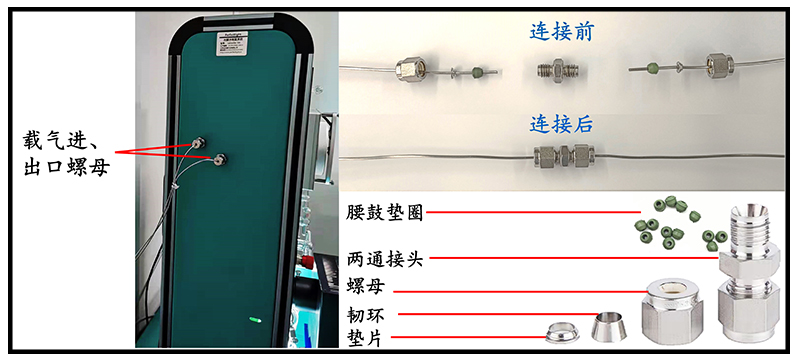
Figure 3: Accessories required for the 'chromatographic short-circuit' operation of Labsolar-6A Full Glass Automatic Online Trace Gas Analysis System
3. Operation of Aging Chromatographic Columns
① Open the pressure reduction valve of the carrier gas cylinder and confirm that the column front pressure reaches the preset value;
② Call up the "aging" method file in the gas chromatograph operating software, start the aging process, and age for at least 4 hours, as shown in Figure 4;
③ End the aging operation after the chromatographic baseline stabilizes.
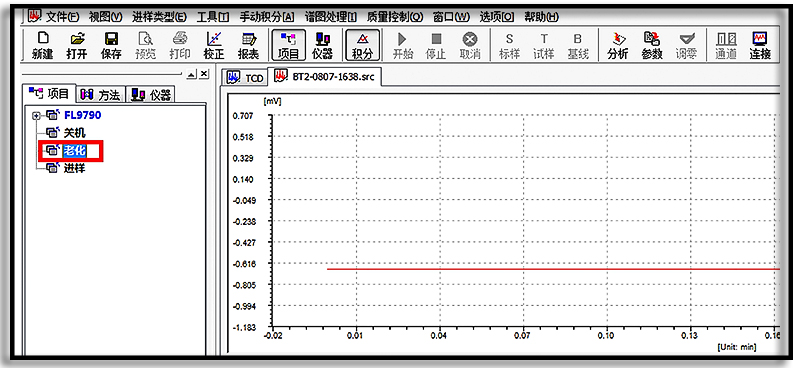
Figure 4: Example interface of gas chromatography aging method call
If there is no "aging" method file in the gas chromatograph operating software, you can first check the chromatographic column's nameplate, as shown in Figure 5. Check the column's operating temperature range and refer to the sample injection column temperature in the "injection" method file. Set the aging temperature to be 20°C higher than the injection column temperature but not exceeding the operating temperature indicated on the column's nameplate. Start aging and age for at least 4 hours. End the aging operation after the chromatographic baseline stabilizes.
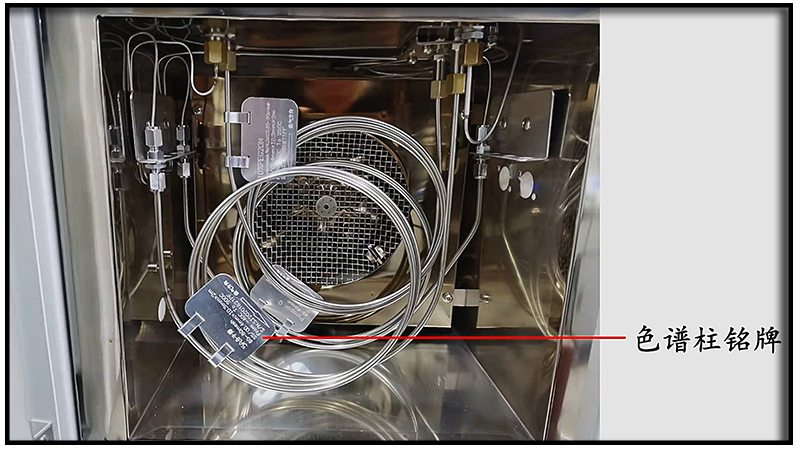
Figure 5: Chromatographic column nameplate
4. Precautions for aging chromatographic columns
① The aging operation of chromatographic columns must include the "chromatographic short-circuit" operation;
② The gas source must not be disconnected during the aging process of chromatographic columns;
③ The aging temperature of chromatographic columns must not exceed the operating temperature of the column;
④ The aging temperature of chromatographic columns is not necessarily higher, but it should be as low as possible while effectively removing contaminants.